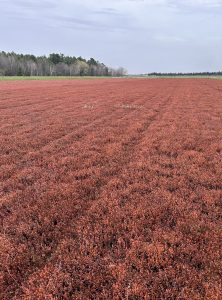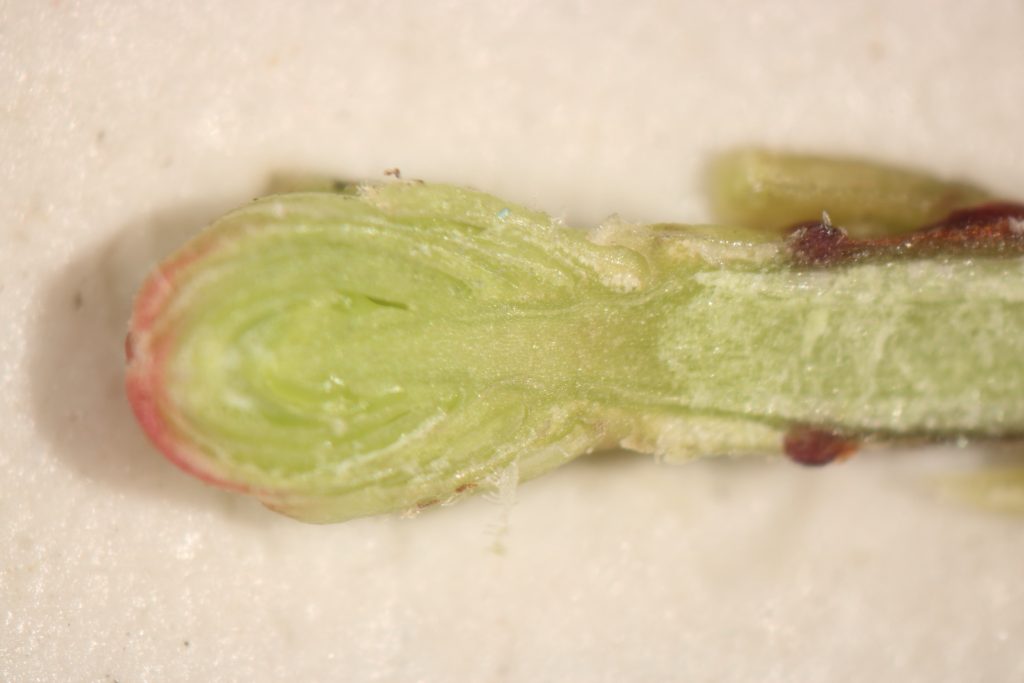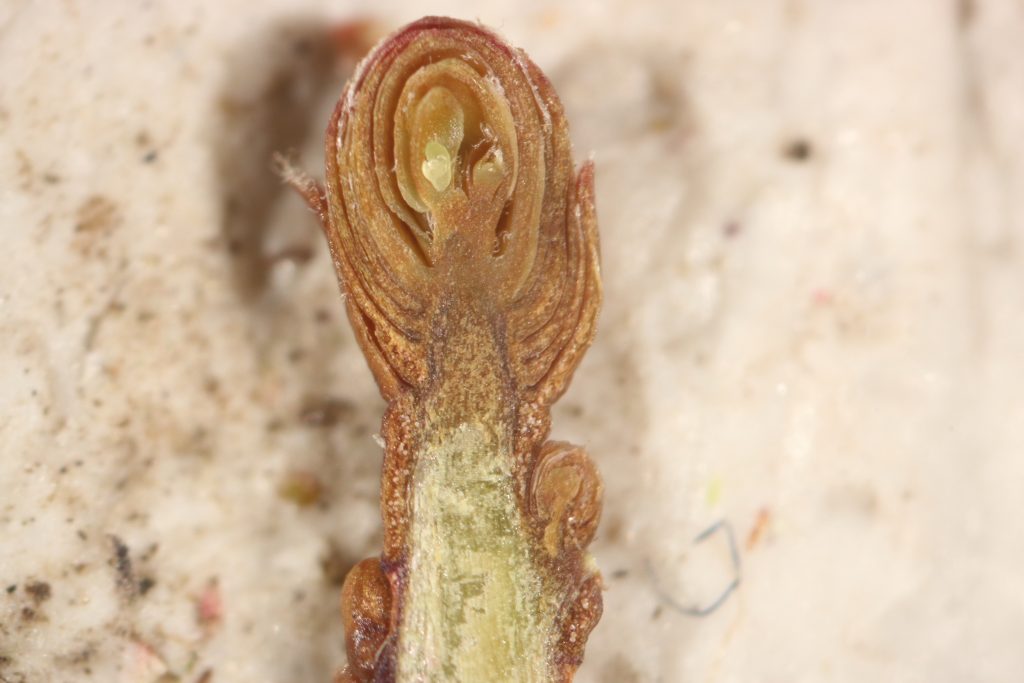Vine Bronzing: What To Do Next?

Several marshes across the state have reported seeing significant amounts of bronzing in their vines, most likely due to winter damage. The damage started appearing after ice-off and has become more noticeable as vines began turning color with the warmer weather. There has been a lot of speculation regarding the timing of when the damage happened, and some evidence points to a cold event during February when ice had already melted in most beds. The question on many growers’ minds right now is what to do now? Here’s my recommendation:
1) Make sure you are doing a proper assessment of the damage in your beds. First, collect 50 uprights from at least 3 or 4 spots in each damaged bed and dissect the terminal buds to estimate the level of damage (Figure 1). Damaged buds will be brown and dried on the inside.


2) There is nothing you can do to recover buds that are damaged at this point. So do not apply any fertilizer at this point since this will have no effect on recovering dead buds.
3) Based on your damage estimation, you will need to reassess the amount of fertilizer you had planned to apply this growing season. I would consider decreasing N fertilizer rates if you have more than 20% bud damage in your beds.
4) It is very possible that beds with substantial bronzing will also have leaf drop. Again, adding higher doses of fertilizer or beginning fertilization too early in the spring will not help vines recover lost foliage.
5) The best advice is to wait for bud break and the new growth to start pushing. Once you see new growth developing, you could consider doing a first application of NPK fertilizer before bloom if new growth looks weak and pale. If that is not the case, wait until bloom to determine your potential crop for the season, beginning your fertilization plan for the season.
This article was posted in Cranberry and tagged Amaya Atucha, Cranberries, vine bronzing.
